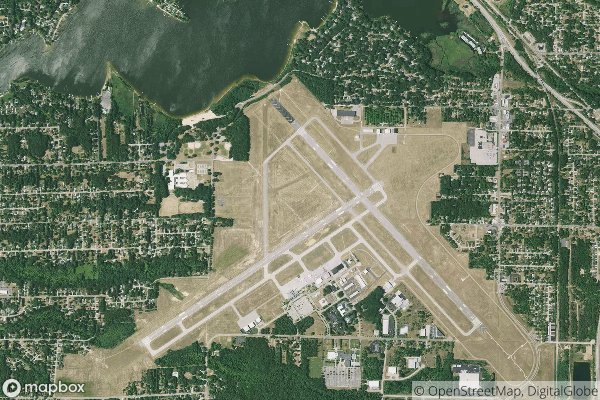| Code | ARB |
| Name | Ann Arbor Municipal Airport |
| Location | Ann Arbor, Michigan, USA |
| Services | General aviation |
- See here the complete List Of All Airports In United States with Codes.
Understanding ARB/KARB Airport Code (Structure of Airport Codes, Challenges and Confusions)
Airport codes play a crucial role in the aviation industry, serving as unique identifiers for airports around the world. These codes, also known as IATA codes, are typically three letters long and are used by airlines, travel agencies, and passengers to easily identify and reference specific airports. The ARB/KARB airport code is one such example, and understanding its structure, challenges, and operational significance is important for anyone involved in aviation.
Decoding Airport Code
The ARB/KARB airport code, like all other IATA codes, follows a specific structure. The first letter is typically the initial of the city’s name, and the second and third letters are usually the first two letters of the airport’s name. In the specific case of ARB/KARB, the “ARB” portion likely refers to the city of Ann Arbor, while the “K” is a common prefix for airports in the United States. Understanding this structure can help in decoding the meaning behind airport codes and identifying their associated locations.
Operational Significance
The ARB/KARB airport code holds great operational significance in the aviation industry. Pilots, air traffic controllers, and airline staff use these codes to communicate effectively and efficiently. For example, when filing flight plans, pilots use these codes to specify their departure and arrival points, ensuring that there is no confusion about the intended airports. Air traffic controllers also use these codes to issue clearances and provide instructions to pilots, thus ensuring safe and orderly operations.
History of Airport Codes
The history of airport codes can be traced back to the 1930s when the International Air Transport Association (IATA) established a standardized system for identifying airports. This system has evolved over time, with the introduction of new codes and the occasional revision of existing ones. The purpose of these codes is to streamline and simplify aviation operations, allowing for clear and concise communication between parties involved in air travel.
While the structure and operational significance of airport codes are clear, there are also challenges and confusions associated with them. For one, similar-sounding codes or codes with identical initials can lead to confusion, especially for passengers and travel agents. Additionally, the rapid growth of the aviation industry and the emergence of new airports have led to an increasing number of codes, making it harder for individuals to keep track of them all.
In conclusion, the ARB/KARB airport code, and all other airport codes, play a crucial role in the aviation industry. Understanding their structure, decoding their meanings, and acknowledging their operational significance is essential for anyone involved in air travel. Despite the challenges and confusions that may arise, airport codes remain an integral part of the aviation world, serving as vital tools for the smooth and safe functioning of air travel.



